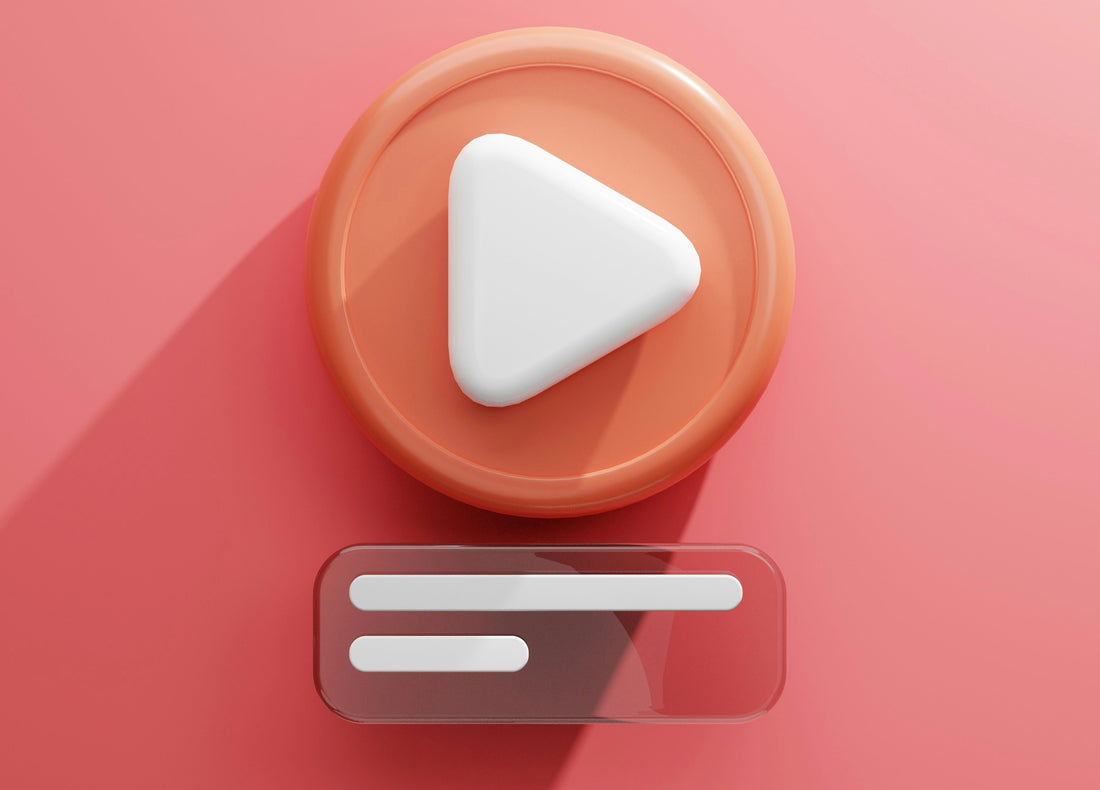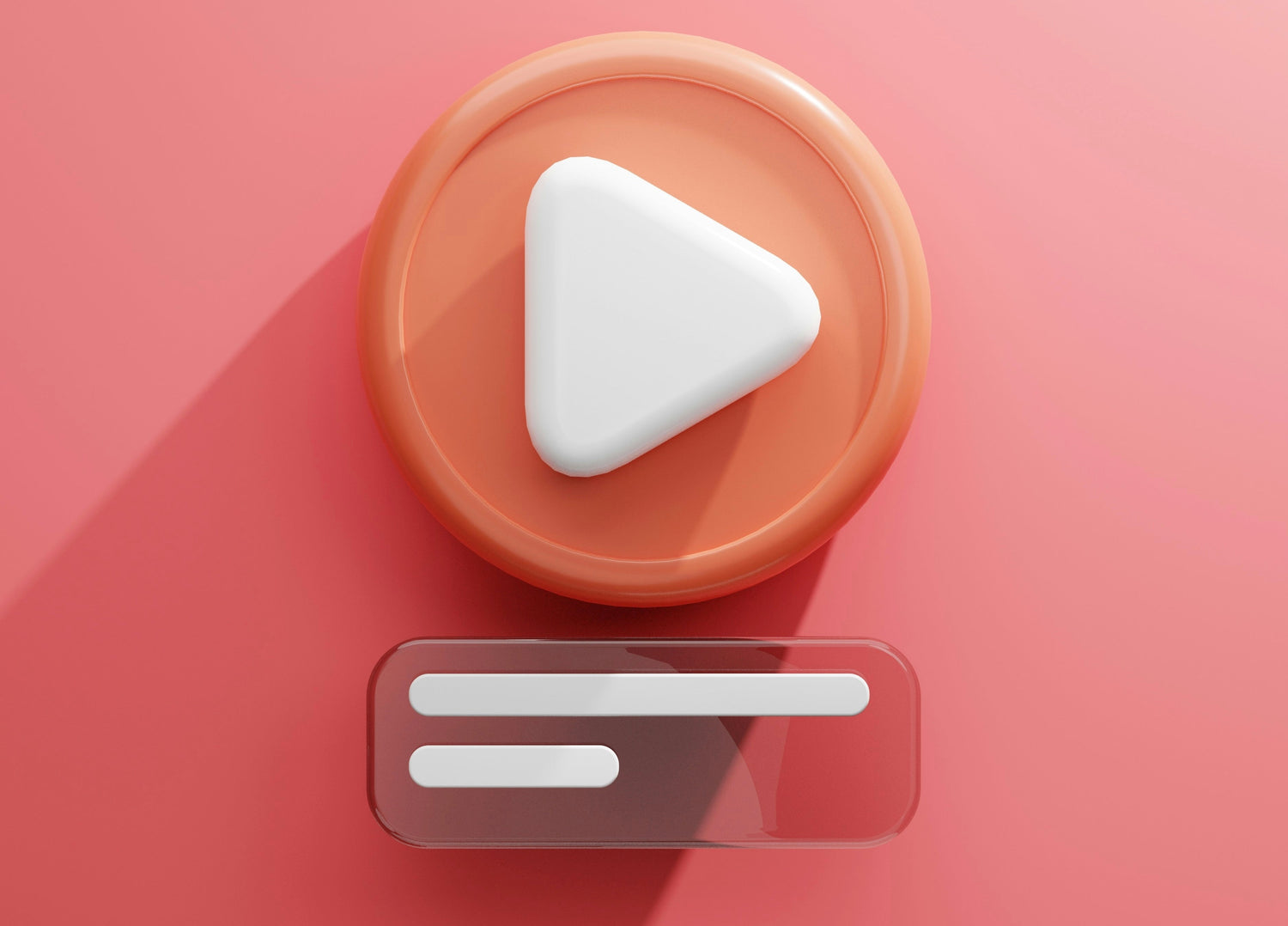In the past, people had to buy music. The way to enjoy music was through physical media like CDs, cassettes and MP3 files stored on strange named USB sticks.
Then streaming arrived and completely altered the industry model.
However, who made that change first? Which artist was adventurous (or digitally aware) enough to distribute music exclusively via a streaming platform?
We should examine how the first streaming-only music release affected artists and fans and music formats in history.
So… Who Did It First?
Technically, Death Cab for Cutie gets an early mention. They released Plans on Apple’s iTunes Music Store in 2005 before the physical release date which marked a major event during that time.
The first prominent instance of an artist releasing music only on streaming services without any download or physical distribution occurred when…
Frank Ocean- Endless (2016)
When Apple Music launched Endless as a visual album users could not purchase or download it. Apple served this 45-minute video directly from its servers with no MP3 files and no physical copies or vinyl editions.
Why did he choose this approach?
The decision to release Endless fulfilled his contract obligations with Def Jam while also serving as an artistic choice. The following day after releasing Endless he independently published Blonde exclusively through Apple Music yet he maintained full ownership rights.
Others in the Streaming-Only Club
After Frank Ocean opened the streaming door to exclusive releases several artists swiftly followed him:
Beyoncé - Lemonade (2016)
The visual album premiered exclusively on TIDAL before establishing the standard practice for premium streaming album releases.
Kanye West - The Life of Pablo (2016)
The project launched exclusively on Tidal before becoming available on other streaming services as it presented a "living breathing changing creative expression."
Drake - More Life (2017)
The artist released his work as a streaming-only playlist under the title “playlist” instead of “album” without providing any physical or digital download options.
These music releases demonstrated how streaming platforms took over as the primary distributors of music in the industry.
The End of the Shelf?
At first people considered streaming-only releases as unique marketing tactics. Today they represent standard practice.
Although streaming provides users with the benefit of easy access it also results in the absence of something essential. There’s no album art to hold. No liner notes. No hiss, crackle, or shelf presence. Music becomes disposable. Forgettable.
The re-emergence of vinyl and cassette as music formats proves that listeners still crave physical music despite the streaming trend.
Bridging the Gap: A2D2 Stream
The ability to enjoy analogue audio through wireless connections attracts me despite my preference for physical formats. A2D2 Stream is the perfect hybrid.
You can use this device to connect your cassette player or vinyl record player to stream sound to Wi-Fi speakers or Bluetooth speakers in the same way you stream music on your favorite app but without losing the physical music experience.
A2D2 Stream connects analog devices to digital speakers while preserving the authenticity of physical audio content. Your favorite tape or record receives a digital rebirth through this product which operates with modern wireless technology.

From Streams to Shelves (and Back Again)
The music streaming revolution transformed music accessibility but failed to diminish our affection for physical audio recordings. Both playlists and pressed wax recordings maintain their place in the modern music setup.
Those who seek to experience the finest features from both worlds should consider A2D2 Stream.


